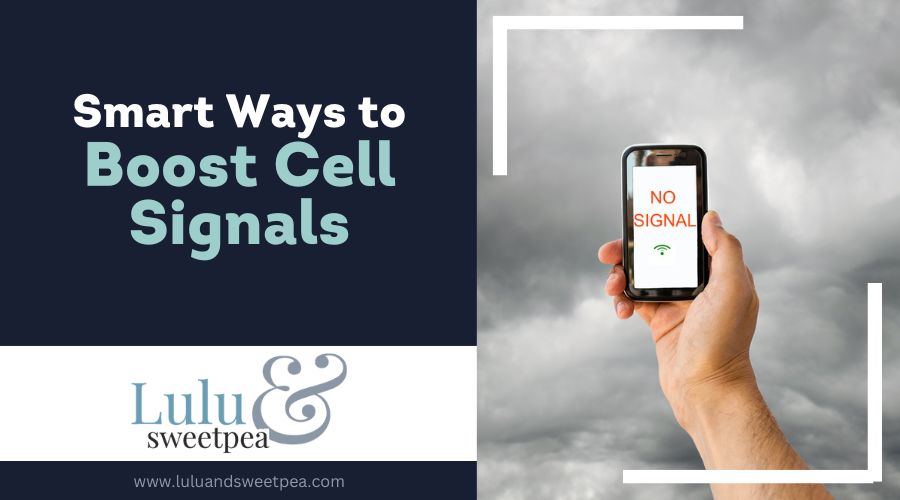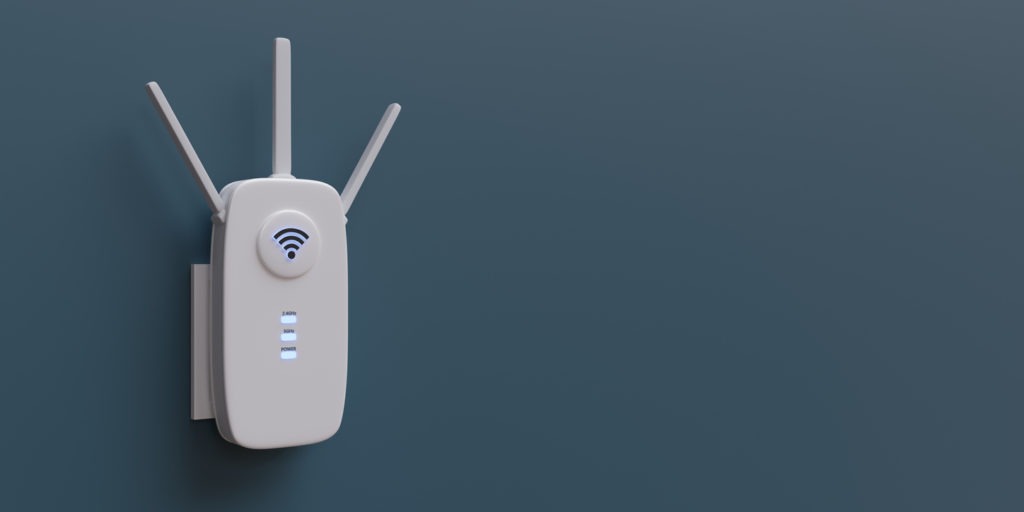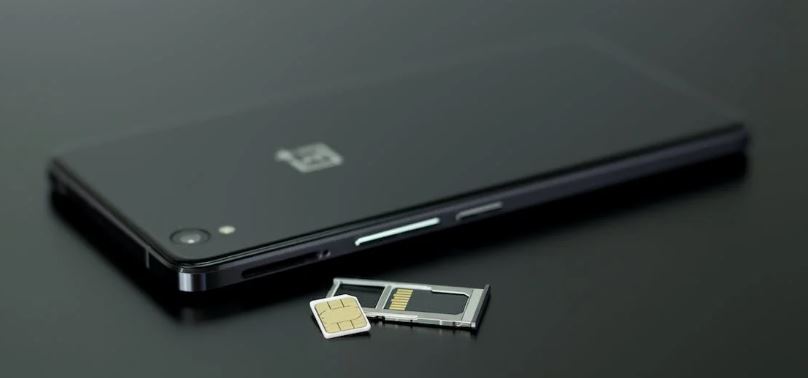With so much of our daily lives dependent on cell phones, issues such as weak signal, dropped calls, and slow data rates can have a significant impact. It is frustrating when your phone does not function, especially if you are within signal range.
You can, fortunately, do a number of things to increase your mobile signal for clear calls and quick data speeds.
Today, we will cover steps you can take to boost your cell phone connection.
1. Obtain a signal amplifier
A signal booster, often known as a “repeater,” improves your cell phone signal. Place the device in an area of the home with excellent reception, such as a window sill, and it will boost the signal throughout the remainder of the home. Some repeaters include an external antenna that can be mounted outside.
Boosters are a bit pricy; some carriers sell moderately priced ones, but this is not always optimal because boosters typically only function with the signal of one particular carrier. If you have family members or guests who use a different carrier and have a weak signal, this will not help them.
A third-party manufacturer, like as zBoost or weBoost, produces boosters compatible with multiple carriers. Nevertheless, you will likely have to pay for this yourself.
2. Refresh your software
You may occasionally receive alerts about updating your carrier’s software. These updates instruct your phone on which towers to connect. Ideally, you should always update, but if you haven’t done so recently, you should determine if you need to do so now. Follow the instructions specific to your Android or iPhone device.
Turn off any services you are not utilizing at the moment. Services such as WiFi, Bluetooth, and Near-Field Communication (NFC) can occasionally cause issues by attempting to transfer your calls and data via a separate service or by allowing other devices to use the bandwidth required for quick data and clear communications. Try disabling them to see if your phone’s signal improves.
3. Turn on and off the airplane mode
This will forcibly reconnect your phone to the cellular network. If you’re in an area that should have a strong signal but your phone doesn’t indicate it, try toggling airplane mode on and off to reconnect the phone.
4. Obtain a New SIM (or Clean Yours)
If you’ve been with your carrier for an extended period of time, your SIM card may not contain the necessary information to connect to the most recent network technologies. Its contacts may be corroded or filthy, resulting in occasional failures. Start by removing the SIM card and wiping its metal surface with a disinfectant wipe or cotton swab dipped in rubbing alcohol. You can also request a new SIM card from your carrier’s customer support representatives. Use online chat on the carrier’s website rather than visiting a store. Suppose you are experiencing network issues and wish to try a fresh SIM card. They must send you one at no cost.
5. Review your bands (and Maybe Get a New Phone)
Every few years, carriers add additional frequencies to their networks. If your phone is quite old, it might not be able to connect to the newest networks, including 5G. This is mostly a problem for T-Mobile, which has expanded coverage using more recently acquired frequencies.
Here is how to cross-reference the necessary bands for your area. Go to CellMapper.net Select your service provider and location, and search for the closest towers. They should reveal the frequency bands you are hitting when you click on them. Then, you can visit FrequencyCheck.com to determine which bands your phone model supports. If these numbers do not match, your phone cannot hear what the tower is broadcasting, and a new phone is required.
6. Make calls using Wi-Fi
Your home may already have a Wi-Fi wireless network installed. If you use it for home internet access on your smartphone and tablet, you are already saving money and avoiding overages on your cellular data plan.
Wi-Fi also allows users to make phone calls and send text messages using Skype, Google Hangouts, Apple’s iMessage, and other third-party messaging apps such as WhatsApp. Don’t worry if you don’t have a signal. Historically, both parties (calling and recipient) have utilized the same applications.
T-Mobile, AT&T, Sprint, and Verizon have all created Wi-Fi calling for their mobile phones. When this feature is activated owing to a weak signal, your phone will automatically connect to a nearby open Wi-Fi network without your knowledge.
You can also switch to a phone system with Wi-Fi calling as its major feature, such as Republic Wireless. Republic Wireless provides inexpensive prices since it depends primarily on Wi-Fi for calling and messaging and only use cellular data when Wi-Fi is unavailable. The transition is again effortless.
7. Move your position
Even when outside, huge buildings and large bodies of water can block signals, so go to a different location or ascend to a higher elevation.
8. Take off the case
It is possible, albeit improbable, that your phone case is interfering with your cellular connection. If you just purchased a new case and have observed a decline in cellular service, remove the phone from the case and check if the signal increases.
9. Don’t allow your battery to become too low
If your phone’s battery reaches a critical level, it enters low power mode, which may allocate less power to the cellular radio. Charge your phone if you’re having difficulties connecting, and consider reducing screen brightness and accelerating screen sleep to extend battery life throughout the day.
10. Restart your phone
Our phones are little computers, and similar to computers, you may occasionally resolve difficulties such as network connectivity by rebooting them.
To summarize
Regardless of how connected we all are, service interruptions, poor weather, and isolated areas can all result in a weak or nonexistent cell phone signal. It’s not ideal if you need directions in the middle of nowhere or want to make a call from your apartment in a dead zone, but there are various ways to increase your cell phone signal.
The tried-and-true method of activating Airplane mode, waiting a few seconds, and then deactivating it can help with reception, although it is not always effective. If not, you must take more serious measures, such as deleting your SIM card or resetting your network settings.



